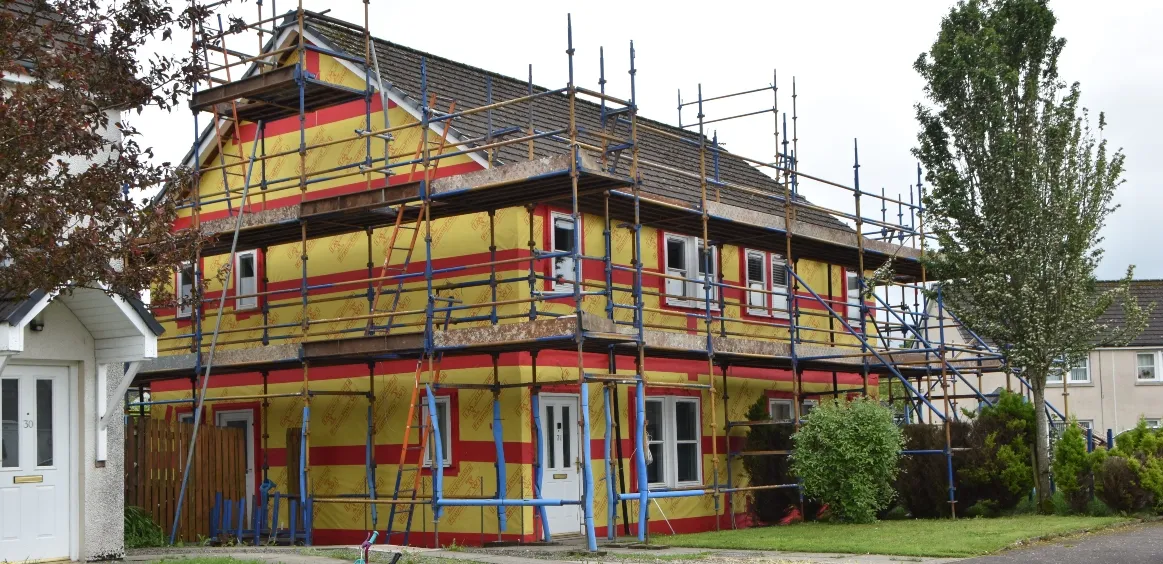Loreburn Housing Association has introduced its Smith Way Retrofit Project, an initiative focused on evaluating the benefits and developing a cost-effective, scalable standard for enhancing the energy efficiency of its housing stock.
Working alongside Procast Group, Loreburn launched the project in January 2024 to address the unique challenges of retrofitting homes built with timber kit construction.
While these homes were originally constructed for efficiency and affordability, updating them to meet modern energy standards requires careful planning to maintain their structure while incorporating new features.
These properties, mostly falling under the EPC band E category have historically struggled with high energy bills and poor energy performance.
Focussing on four homes in Smith Way, Beattock, key upgrades have included better insulation, new windows, and upgraded heating systems. Renewable energy sources and smart technologies have also been integrated to help monitor and manage energy use more effectively.
Stuart Mackay, Head of Investment and Sustainability at Loreburn, said: “Smith Way was identified as the ideal development to start Loreburn's Retrofit Journey due to its timber framed construction type and low energy performance levels.
“Timber framed construction makes up over 40 percent of Loreburn’s building stock and it is notoriously hard to treat, so it was vital that we began to find retrofit solutions that would work in favour of these properties.”
By focusing on the property as a whole, retrofitting considers how different components work together to create a more sustainable and comfortable living environment.
Advanced sensors have been used to gather data on the homes' performance both before and after the upgrades. This data will be analysed by Edinburgh University to assess the effectiveness of the retrofitting measures and their impact on energy efficiency and tenant comfort.
Stuart continued: “In this pilot project, we upgraded two properties to meet the high AECB Carbonlite standards and brought two more properties up to the current Scottish Government Energy Efficiency standards, achieving an overall EPC Band B rating for each.
“Additionally, we carried out improvement work on two more properties as an interim measure.
“This approach has already provided us with valuable insights into the effect each standard has on the property and its performance, as well as the impact this has on the end user from a comfort and financial perspective.”
Initial findings from the Smith Way Retrofit Project have been positive, but Loreburn recognises that developing a viable standard to roll out across its housing stock will require ongoing refinement and evaluation.
Moving forward, Loreburn will begin to identify areas where savings can be made. By looking at its procurement strategies and testing new materials, it is exploring the best ways to get the most out of each retrofit investment.
This will enable Loreburn to explore options for establishing a viable 'Loreburn Standard' that can guide future retrofit initiatives across its wider housing stock.
This standard will incorporate the best practices identified through its Smith Way project, which will influence its future investment decisions and has the potential to transform retrofit strategies for housing providers nationwide.
